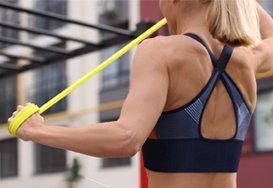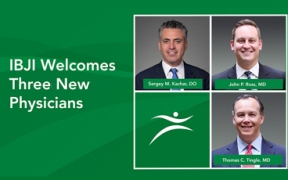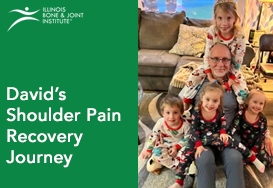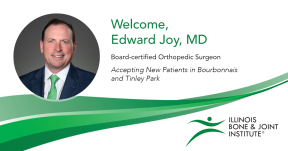Common shoulder pain causes and injuries often include athletic activities involving excessive repetitive overhead motion. They can result from frequent weightlifting or everyday movement, such as hanging up curtains and scratching your back.
Keep reading to learn about the most common causes of shoulder pain and some helpful exercises to strengthen your muscles and prevent injury.
Shoulder Pain Causes
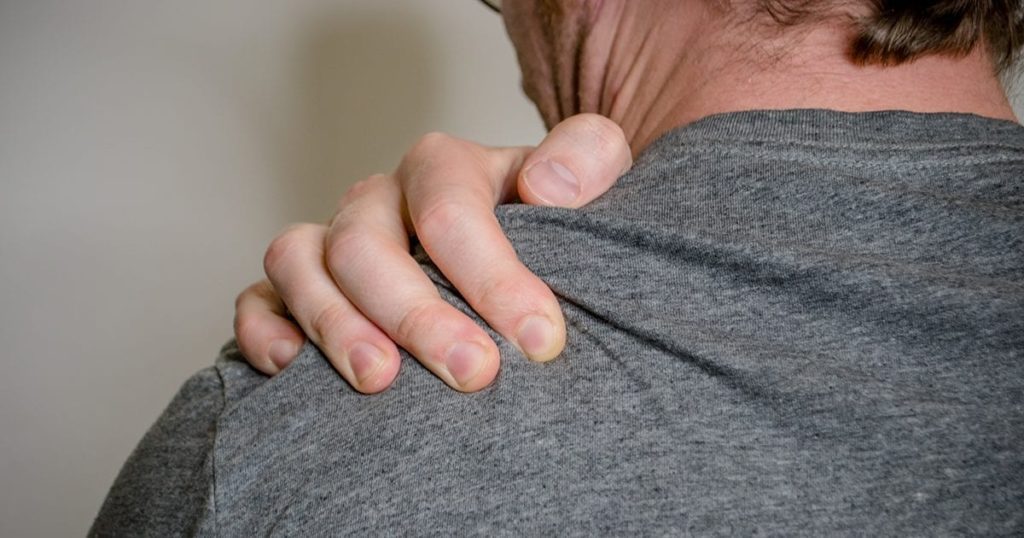
Most shoulder injuries involve the muscles, ligaments, and tendons rather than the bones. The following are some of the most common injuries and shoulder pain causes:
Shoulder Tendon Inflammation or Shoulder Tendon Tears
Tendon inflammation and tears are conditions sometimes associated with bursitis, tendinitis, rotator cuff tears, and shoulder impingement syndrome.
Shoulder Arthritis
One of the most common types of shoulder arthritis is osteoarthritis.
Shoulder Instability
Shoulder instability occurs when the head of the upper arm bone is forced out of the shoulder socket. This can result from a sudden injury or overuse.
Shoulder Fractures (Broken Shoulder Bones)
Common injuries include upper arm bone, shoulder blade, and clavicle fractures.
Other less common shoulder pain causes include tumors, infections, and nerve-related problems.
Shoulder Exercises
Exercising your shoulders will help strengthen your muscles to prevent common shoulder pain causes and reduce your chances of future injury.
The American Academy of Orthopaedic Surgeons recommends these three exercises:
Basic Shoulder Strengthening
- Attach elastic tubing to a doorknob
- Gently pull the tube toward your body
- Hold for a count of five
- Repeat five times with each arm
- Perform twice a day
Wall Push-Ups
- Stand facing a wall with your hands on the wall and your feet shoulder-width apart
- Slowly perform a push-up
- Repeat five times
- Hold for a count of five
- Perform twice a day
Shoulder Press-Ups
- Sit upright in a chair with an armrest, with your feet touching the floor
- Use your arms to rise off the chair slowly
- Hold for a count of five
- Repeat five times
- Perform twice a day
Trust the Shoulder Experts at IBJI
If you are experiencing shoulder pain, contact an orthopedic shoulder specialist who will evaluate your shoulder pain causes and develop a shoulder care plan to help you feel better.
*This content is for information only and is not intended to replace the diagnosis, treatment, or medical advice from your treating healthcare professionals. The content does not provide medical advice, does not constitute the practice of medicine or other healthcare professional services, and does not create a doctor-patient relationship. You should not rely on this information as a substitute, nor does it replace professional medical advice, diagnosis, or treatment. If you have concerns or questions, seek the advice of your healthcare professionals. If you think you may have a medical emergency, call your doctor or 911 immediately. Do not rely on electronic communications or communicate through this website for immediate, urgent medical needs. This website is not designed to facilitate medical emergencies. The use of the information is at the reader’s own risk. The links are provided for information and convenience only. We cannot accept responsibility for the sites linked or the information found here. A link does not imply an endorsement of a site.

